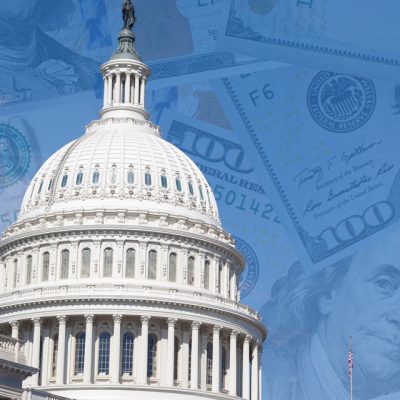Falcon
NOT FOR REPRINT
Private Insurers Getting Smaller Share of Health Expenditure Pie
By
Allison Bell
Slideshow December 18, 2020 at 09:25 AM
Share & Print
Increases in spending on hospital care, physician services and prescription drugs squeezed U.S. commercial health insurers in 2019, according to new federal government health spending data. Health insurers' revenue increased 3.7% between 2018 and 2019, to $1.2 trillion. Although revenue rose, the "net cost of health insurance" fell to $131 billion, from $142 billion in 2018. The net cost of health insurance is the amount private health insurers have left over paying after paying claims. The Office of the Actuary at the Centers for Medicare and Medicaid Services (CMS) published the health insurance spending figures earlier this week in a new batch of national health expenditures tables. The report reflects the effects of a measles outbreak that hit the United States in 2019. The report does include the impact of COVID-19 pandemic.
Resources
- Links to the National Health Expenditures Accounts tables and related documents are available here.
- An article about the health spending report for 2018 is available here.
- Home Health Care: $113 billion (Up 7.7%)
- Structures and Equipment: $145 billion (Up 6.3%)
- Hospitals: $1.2 trillion (Up 6.2%)
- Prescription Drugs: $370 billion (Up 5.7%)
- Medical Research: $57 billion (Up 5.5%)
- Durable Medical Equipment: $58 billion (Up 5%)
- Doctors: $772 billion (Up 4.6%)
- Nursing Home Care: $173 billion (Up 3.3%)
- Net Cost of Private Health Insurance: $240 billion (Down 3.8%)
- The U.S. Population: 328 million (Up 0.5%%)
- U.S. Gross Domestic Product: $21.4 trillion (Up 4%)
NOT FOR REPRINT
© Touchpoint Markets, All Rights Reserved. Request academic re-use from www.copyright.com. All other uses, submit a request to [email protected]. For more inforrmation visit Asset & Logo Licensing.
Featured Resources
View All
Sponsored by Axos Advisor Services
Integrated Banking Solutions: How To Enhance Client Services and Grow Your Business

Sponsored by Optifino
Three Macro Trends Impacting Long-Term Care: Trends, Solutions & Client Conversations

Sponsored by Vanilla
The Missing Piece: Why Advisors Who Skip Estate Planning are Failing Their Clients







